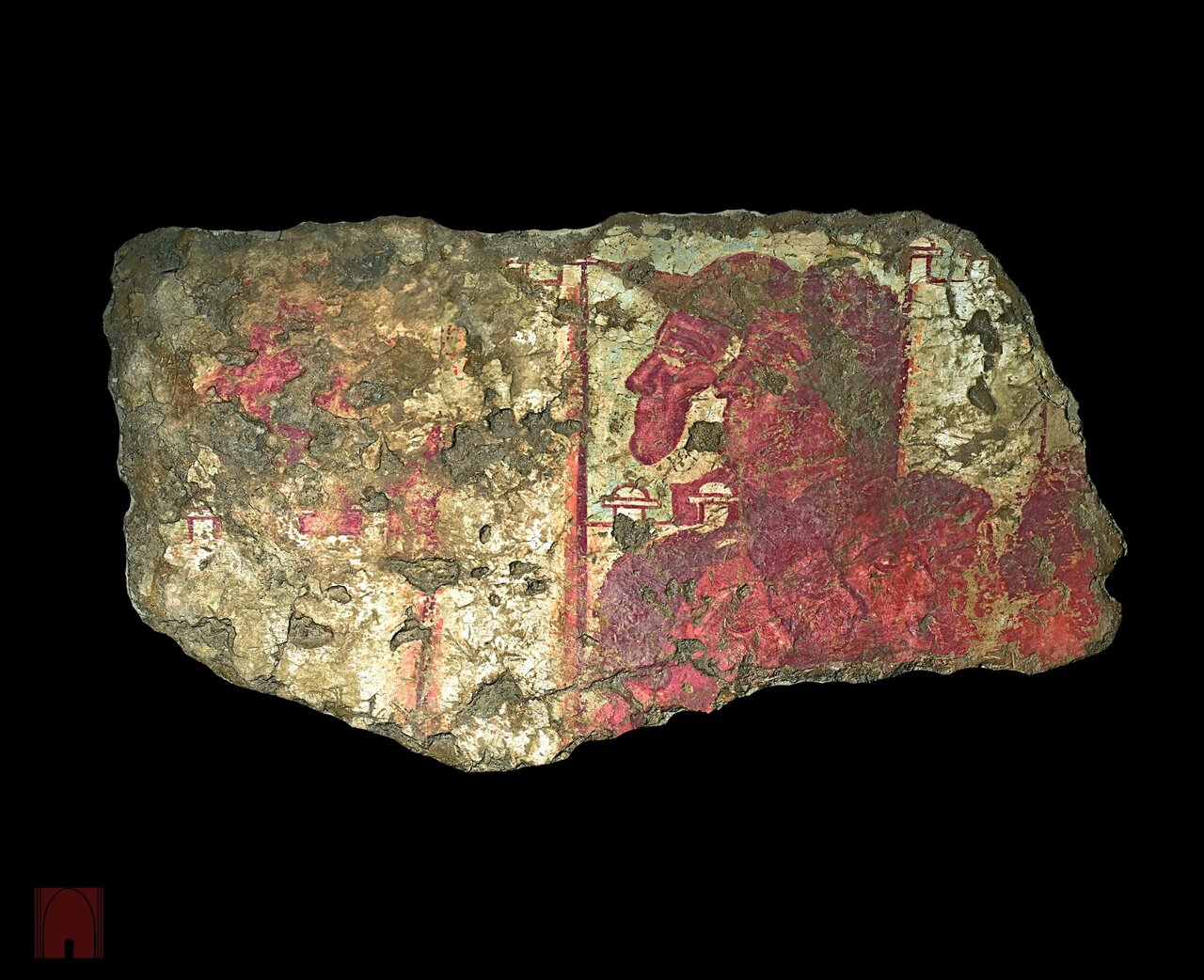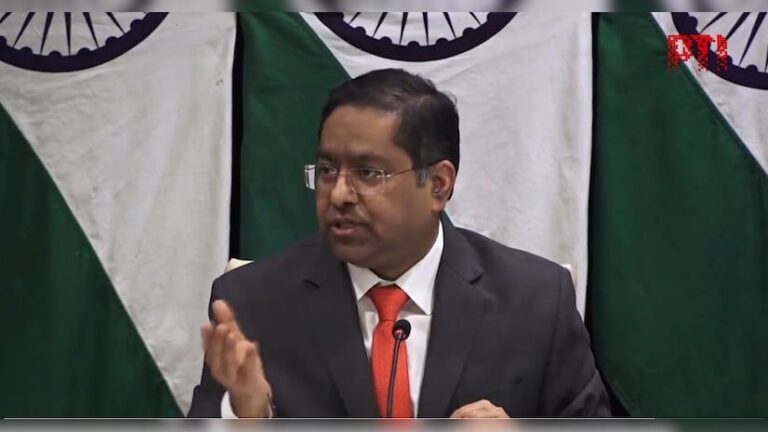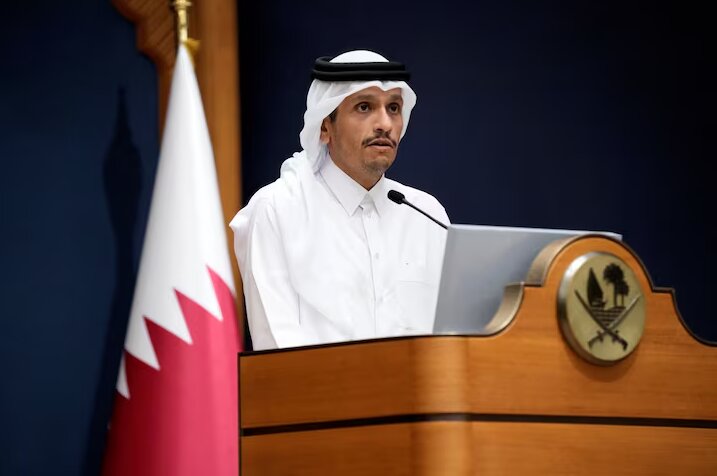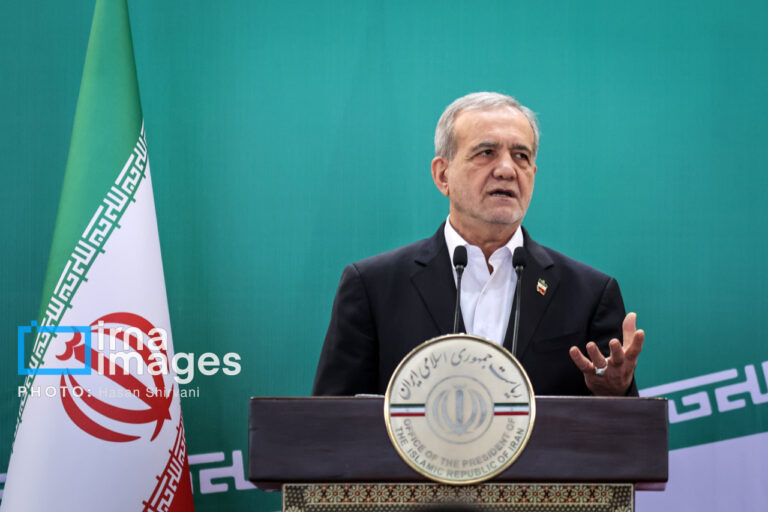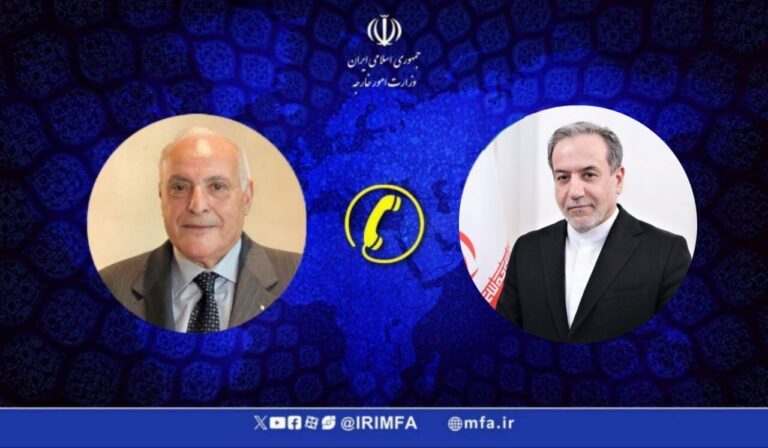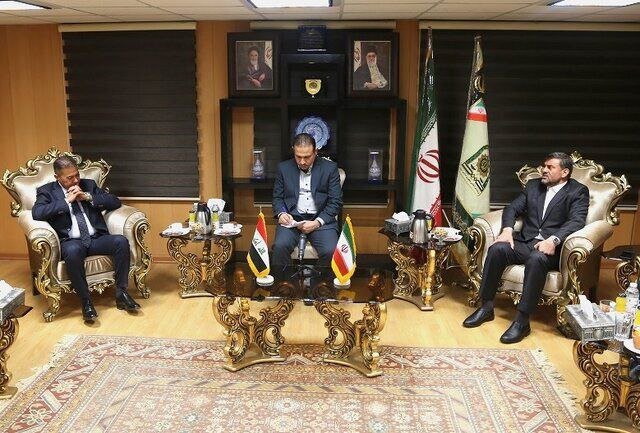Stunning Parthian Mural Unearthed in Southwest Iran Showcases Remarkable Artistic Innovation
The Parthian-era wall painting, a remarkable artifact housed in the National Museum of Iran, unveils a world of sophisticated artistry and captivating secrets. Dating back to the Parthian period (1st-3rd centuries CE), this rare clay-based wall painting was unearthed at Kuh-e Khwaja, situated in southeastern Iran. This exquisite piece once adorned a grand palace, adding to the historical significance of the Kuh-e Khwaja complex.
Executed on a unique clay-and-straw surface known as kah-gel, the wall painting is a testament to the artistic prowess of its creators. Currently, it is preserved in the collections of the National Museum of Iran, where it continues to intrigue scholars and visitors alike.
During excavations conducted in 1976 by the Iranian National Organization for the Protection of Antiquities and Italy’s ISMEO Institute, this stunning painting was discovered. The artwork depicts an enigmatic procession of male heads alongside a section of a city wall, showcasing the artist’s intentional exaggeration of the heads’ size in relation to the architecture to emphasize facial features. The two central figures are portrayed in left-facing profile, while the subordinate heads below are oriented in the opposite direction.
This distinctive painting is characterized by its vibrant palette of ochre, red, green, and white, setting it apart from other contemporary works. The artistic choices made in this mural have led to various scholarly interpretations:
- Some experts suggest that the mural may represent a religious ritual or a civic assembly.
- Others theorize that the depicted figures might be deities organized in a hierarchical arrangement.
- The unusual composition of the mural continues to fuel academic debates on its meaning and significance.
The volcanic massif of Kuh-e Khwaja, or “Mountain of the Master,” played a pivotal role in the Sistan landscape during the Parthian era. This unique formation served as a strategic blend of fortress, palace, and religious complex. Located near the modern Iran-Afghanistan border, Kuh-e Khwaja controlled vital trade routes and showcased the architectural ingenuity of the Parthians.
Constructed using traditional kah-gel techniques, the site included a monumental fire temple, royal residences adorned with elaborate stucco decorations, and advanced water management systems. The art found at Kuh-e Khwaja, particularly the famous procession mural with its oversized figures, illustrates a vibrant fusion of Iranian, Hellenistic, and local styles.
As a strategic stronghold and spiritual center, Kuh-e Khwaja became a cultural crossroads where Persian traditions intermingled with Greek and Central Asian influences. Coins from King Vologases IV affirm the site’s importance before it began to decline during the Sasanian period. Today, the fragile ruins located in the Hamun wetlands preserve vital evidence of Parthian civilization at its zenith.
The discoveries at Kuh-e Khwaja not only contribute to our understanding of Parthian art and architecture but also highlight the rich cultural tapestry of the region. As scholars continue to analyze the wall painting and its context, the ongoing debates surrounding its interpretation reflect the complexity of the Parthian legacy.
In conclusion, the Parthian-era wall painting at the National Museum of Iran stands as a stunning reminder of a sophisticated civilization that skillfully blended art, architecture, and culture. Its discovery has opened new avenues for research and appreciation of the Parthian era, ensuring that the secrets of this ancient society continue to captivate audiences for generations to come.
